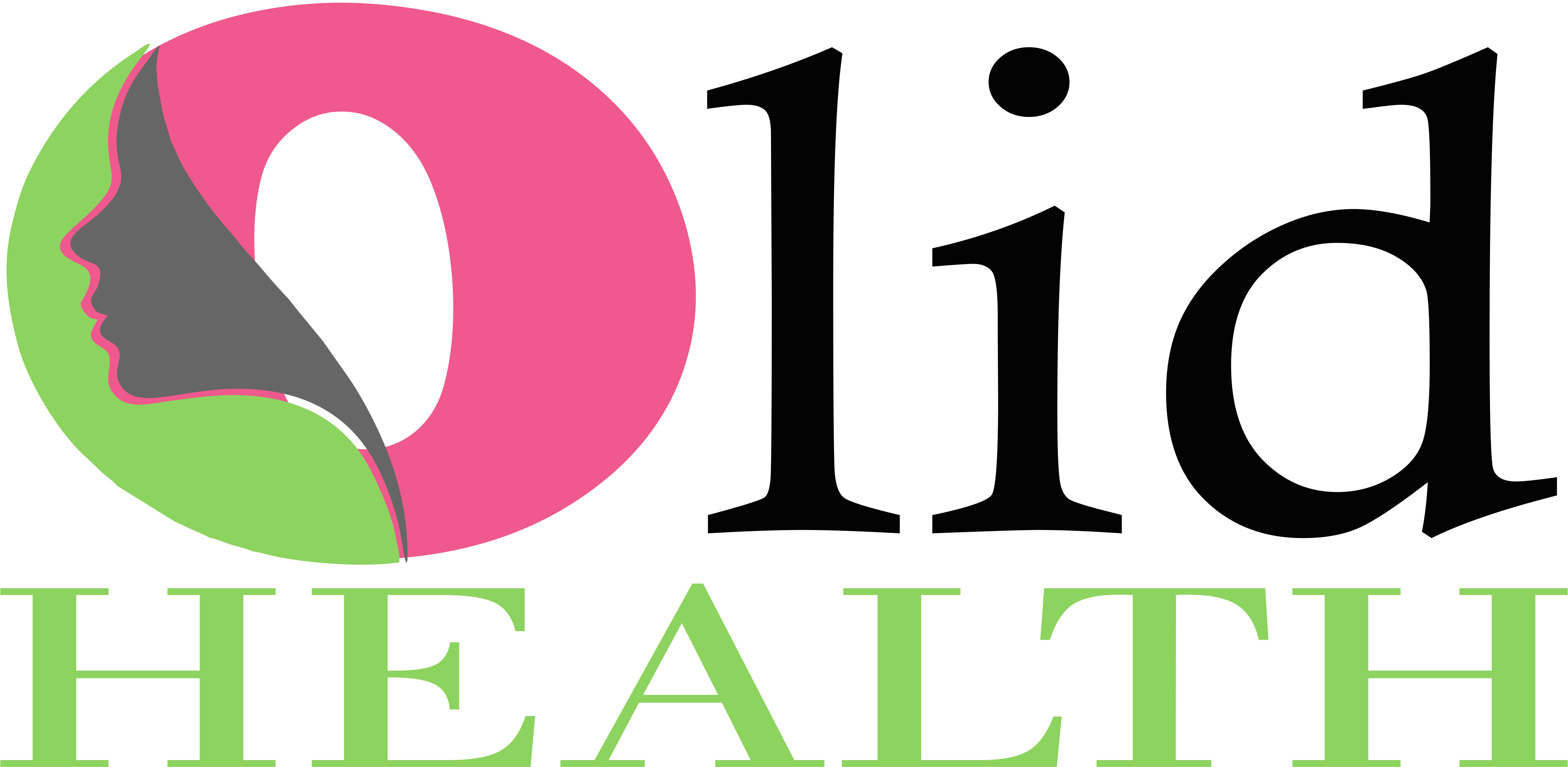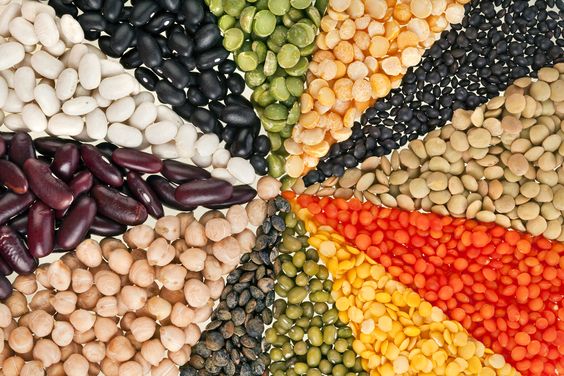Olidhealth.com – Amino acids are known as ‘the building block of life’ since it essential substances for our body. In fact, there is more than 500 type of amino acids over the world but just a few of them are practically used in our body. We rarely know it before most bodybuilders and athletes mention amino acids that have benefits to our health. However, are amino acids are just useful to them? or It does have another role in our body? check this article to find out more about it.
What Is Amino Acids In General
The number of amino acids in our body is roughly 20% of total mass and second place after water. That makes amino acid is the most influential substance to keep the body functioning properly.
In general, amino acids are chemical compounds with the amino-functional group that mainly from the organic creature. Other functional groups such as acidic carboxyl group and carbon side-chain also exist in the variant type of amino acid. However, In science terms, amino acids can be explained to more extent than regular terms such as their physicochemical properties and flexibility as protein precursors [1].
There are more than ten thousand variant proteins that can be built with just 20 types of amino acids. These proteins can be made by assembling monomers of amino acids and forming polypeptides. That’s why we call them ‘the building block of life’ since amino acids are ‘the block’ that building our body and other living things. Moreover, numerous proteins are essential in our body such as enzymes and hormones for controlling metabolism in multiple areas.
Types of Amino Acids That Used In Your Body
Amino acid itself has many categories depending on its main functionally group, specific elements in the side-chain of the amino acid such as sulfur or selenium-containing side-chain, or general-purpose in our body. There are 20 amino acids in total that are mainly known can be synthesized into protein [2]. However, there are also amino acids that inability to form protein but have beneficial purposes in our health. The amino acids are divided by their function to our body as follows below.
Essential Amino Acids
These type of amino acids is also known as indispensable amino acid because they play important role in our body. Essential amino acids can’t be self-produced and need intake from external sources. There are 9 essential amino acids such as:
- Valine
- Leucine
- Isoleucine
- Methionine
- Phenylalanine
- Threonine
- Lysine
- Histidine
- Tryptophan
Conditionally Essential Amino Acids
This category of amino acids isn’t used in daily life. However, It needed in certain conditions such as chronic illness, pregnancy, and growth in adolescence. These conditions are mostly linked to the low amount of amino acids. The amino acids that recognize in this category such as:
- Cysteine
- Tyrosine
- Glutamine
- Arginine
- proline
- Glycine
- Taurine
- Carnitine
Non-essential Amino Acids
This amino acids group can be called dispensable amino acids since the body can make this amino acid from essential amino acids. However, they can be obtained from food and supplement if people for some condition couldn’t produce them properly. The following amino acids are shown below.
- Alanine
- Serine
- Asparagine
- Aspartate (aspartic acid)
- Glutamate (glutamic acid)
- Ornithine
For additional information, there are also two variants considered as a new type of non-essential amino acids called selenocysteine and pyrrolysine.
Benefits of Amino Acids for Our Body
We barely know the function of amino acids in building muscle and booster energy. However, Amino acids have many roles to keep our body in optimum conditions [3]. For example, the benefit of amino acids in our body is as follows:
- Help digestion system – Methionine and valine help protease production that the enzyme can break down the food and easier to be absorbed into the body. Histidine also plays a role in neurotransmission and connects the instruction between metabolism systems.
- Source of energy – Some essential amino acids like valine, leucine, and isoleucine are called ‘powerhouse proteins’ because they can provide additional energy sources for our body.
- Healing wound properties – Glutamine contributes to fastening healing in the body. Arginine also serves as collagen to help cover up open wounds caused by an external strain.
- Maintain blood sugar level – Conditionally essential amino acids such as arginine could treat people with type 2 diabetes since they have low arginine content.
- Muscle builder – Leucine, isoleucine, and valine are trio essential amino acids that contribute to muscle formation and repair damaged muscle tissue.
- Control mood and stress– Phenylalanine assist ‘happy’ hormones such as dopamine to make us feel pleasure.
- Strengthen bone and teeth – Threonine as one of the essential amino acid also contribute to helping bone formation and making it strong.
- Improve skin health – Some amino acids could be converted as collagen to improve skin health and prevent aging progression at early ages.
In addition, there is also amino acid called taurine that is abundant in animal tissue. This amino isn’t a precursor in protein production but the uses of this amino acid are fundamental in eye and muscle tissue. It can fall into both conditionally essential amino acid groups and non-essential amino acid groups.
How Much Intake and What We Should Consume to Have Enough Amino Acids?
Preserving the body function should be done by consuming amino acid-rich foods such as meat or eggs. However, we should know the best amount of amino acids that we can consume. Based on WHO and studies, acceptably intake of essential amino acids in milligrams per kilogram body weight is shown below [4]:
- Valine = 26 milligram
- Leucine = 39 milligram
- Isoleucine = 20 milligram
- Methionine + cysteine = 15 milligram in total
- Phenylalanine + tyrosine = 25 milligram in total
- Threonine = 15 milligram
- Lysine = 30 milligram
- Histidine = 10 milligram
- Tryptophan = 4 milligram
The number can vary due to ages in certain conditions. Children should have more amino acids in their meals since a deficiency of amino acids could affect their growth. There are many variants of food that has rich in amino acids such as:
- Meat – Commonly red meat have rich in total amino acids except for tryptophan.
- Eggs – The yolk is more amino acids than egg white.
- Soy products – Tofu is the richest amino acids source than other products.
- Diary product – Low-fat milk is the best choice for amino acids source foods.
- Nuts and seeds – Quinoa is the best amino acids content.
- Fruits – Date fruit is one of the highest total amino acids.
- Vegetables – Green vegetables have more amino acids properties than other vegetables.
- Supplement – Almost all types of amino acids can be made supplements.
The Most Beneficial People of Having High Amino Acids
Normally, people consume food with amino acids content as a basic need for their bodies. In fact, we usually have enough amino acids unless if you are vegan or have a metabolism disorder. However, these are also people that need extra amino acid proportion for various reasons.
Athletes and bodybuilders need extra protein to push their muscle limit. Valine, leucine, and isoleucine are known as branched-chain amino acids that are used as common supplements for these people. These supplements could boost them as energy chargers for muscle, improve muscle formation, and prevent damage from ‘microtear’ caused by excessive muscle workouts.
Side Effect Caused by Imbalance Amino Acids
We hardly have a deficiency of amino acids since foods that contain them are mostly staple foods. For instance, Meat and eggs are essential foods in almost every household in the world. However, an imbalance of amino acid consumption could be bad for your health. Variable side effects caused by too much meat in your meal could be disastrous. For example, an imbalance of amino acids could affect the growth of adolescents. Excessive amino acids could disturb regulation neurotransmission in the brain and induce abnormal eating patterns.
A high intake of amino acids also can damage the liver and kidneys. A build-up of free amino acids can burden the liver which leads to fibrosis. The same goes for kidneys, free amino acids could rise up acidic levels in your blood and make kidneys work harder to filter acidic blood. The built-up also can lead to crystallize symptoms such as gout.
Moreover, The high amount of amino acid could be toxic. Methionine and cysteine are amino acids that contain sulfur in their side chain. The side effect of overeating this amino acid in supplement form can lead to sulfur toxicity that could damage your brain. Furthermore, excessive arginine supplement consumption could rise up the potential of gastrointestinal disorders such as bloating, nausea, or even diarrhea. The arginine supplement also could have allergic reactions for some people.
In other words, we should consume amino acids regularly with a moderate amount that would have more benefit for our health.
Summary
Amino acids are essential substances that keep our body stay healthy. Many types of amino acids especially essential amino acids that most needed in our body since the body can’t produce them. However, other amino acids are also important in various areas. The function of amino acids themselves in our body such as maintain blood sugar levels, help in the digestion system, promote skin health, and even control our mood. To obtain amino acids is also simple since they exist in our daily meals such as meat and eggs. however, we also forget to hold our appetite and end up too much eating meat. Excessive amino acids could be fatal for our health. So keep a bare minimum of eating meat and supplement with amino acids. In addition, check with your nutritionist to control your diet from abusive eating.
Reference
[1] https://en.wikipedia.org/wiki/Amino_acid – General amino acid explanation
[2] https://www.ncbi.nlm.nih.gov/books/NBK557845/ – Type of amino acids
[3] https://www.ncbi.nlm.nih.gov/pmc/articles/PMC6893825/ – benefit of amino acid in general
[4] https://www.ncbi.nlm.nih.gov/books/NBK234922/ – Amino acids intake recommendations







